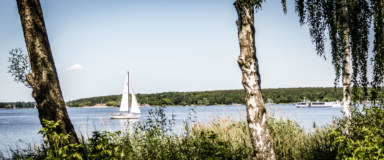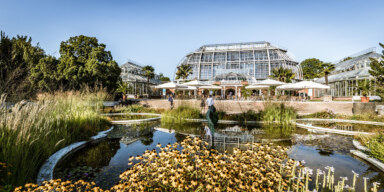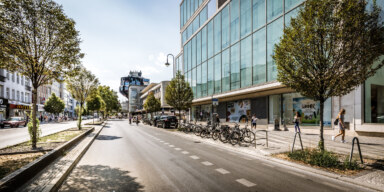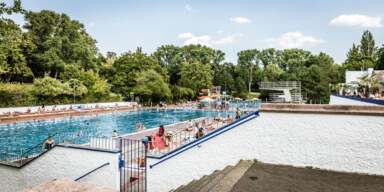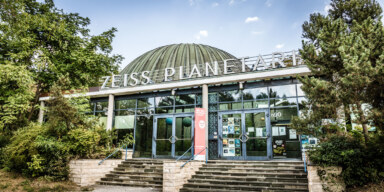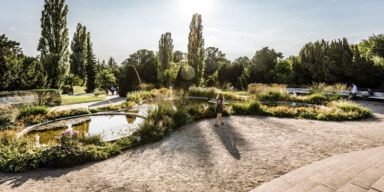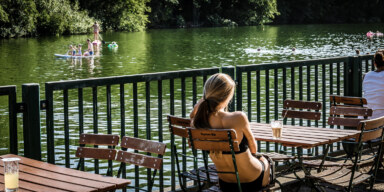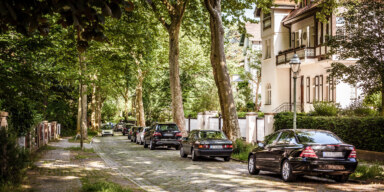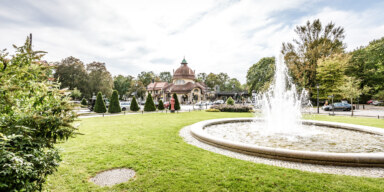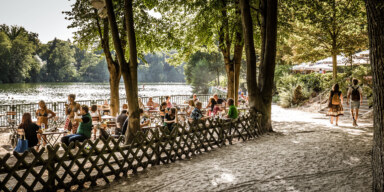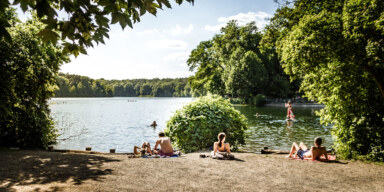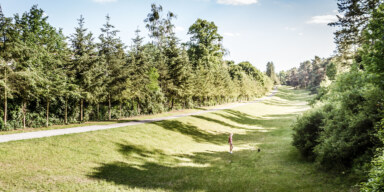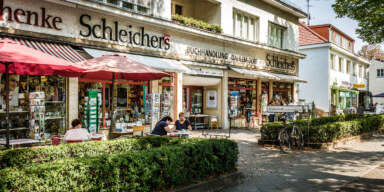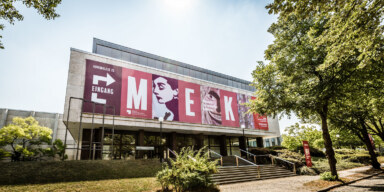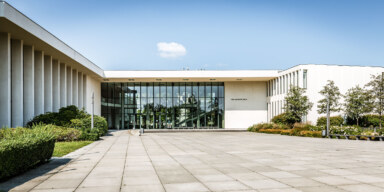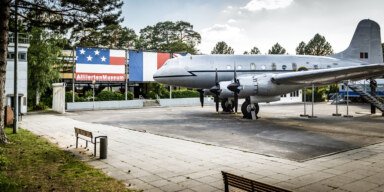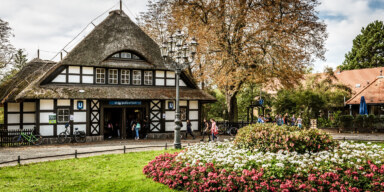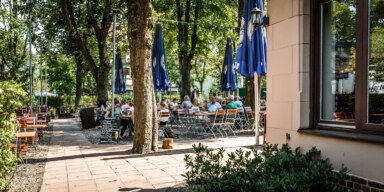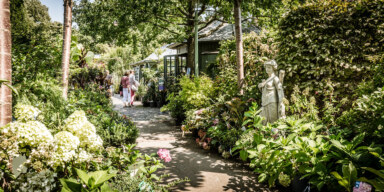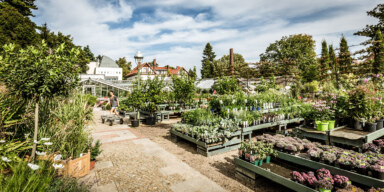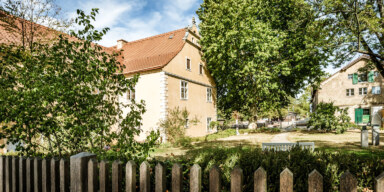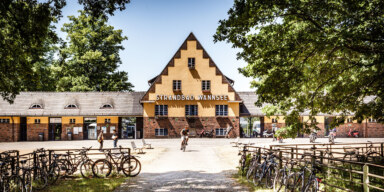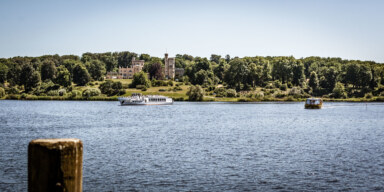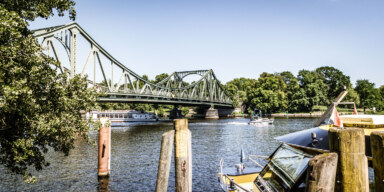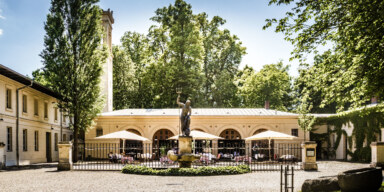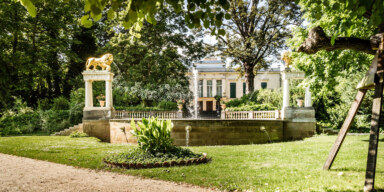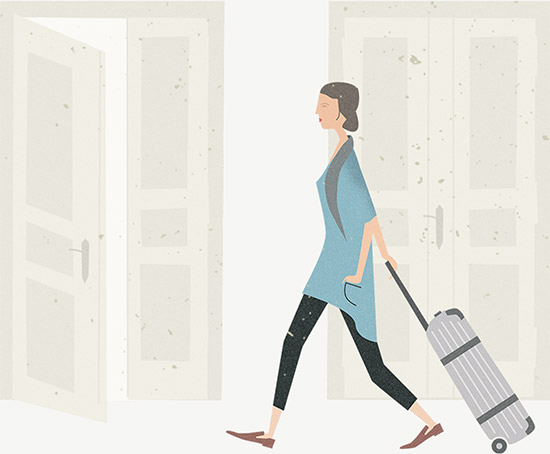Steglitz
The versatile one
Everyone wants to move to Berlin, but nobody knows exactly which part. Where do I fit in, what fits me? If you like urban and rural in equal measure, try Steglitz. It’s a multi-faceted district, featuring palaces, a Uni campus, an exclusive residential area and a shopping mall, plus lots of green for the occasional quick break. The south western part of Berlin gives you both city and village combined, and a supreme quality of life. Germany’s famous cinematographer Michael Ballhaus lived in Zehlendorf for a long while. He put it in a nutshell: “Round here you live in the countryside, between forests and lakes, and yet you are very close to the pulse of the city. Being a city as well as a village is one of Berlin’s best qualities.”
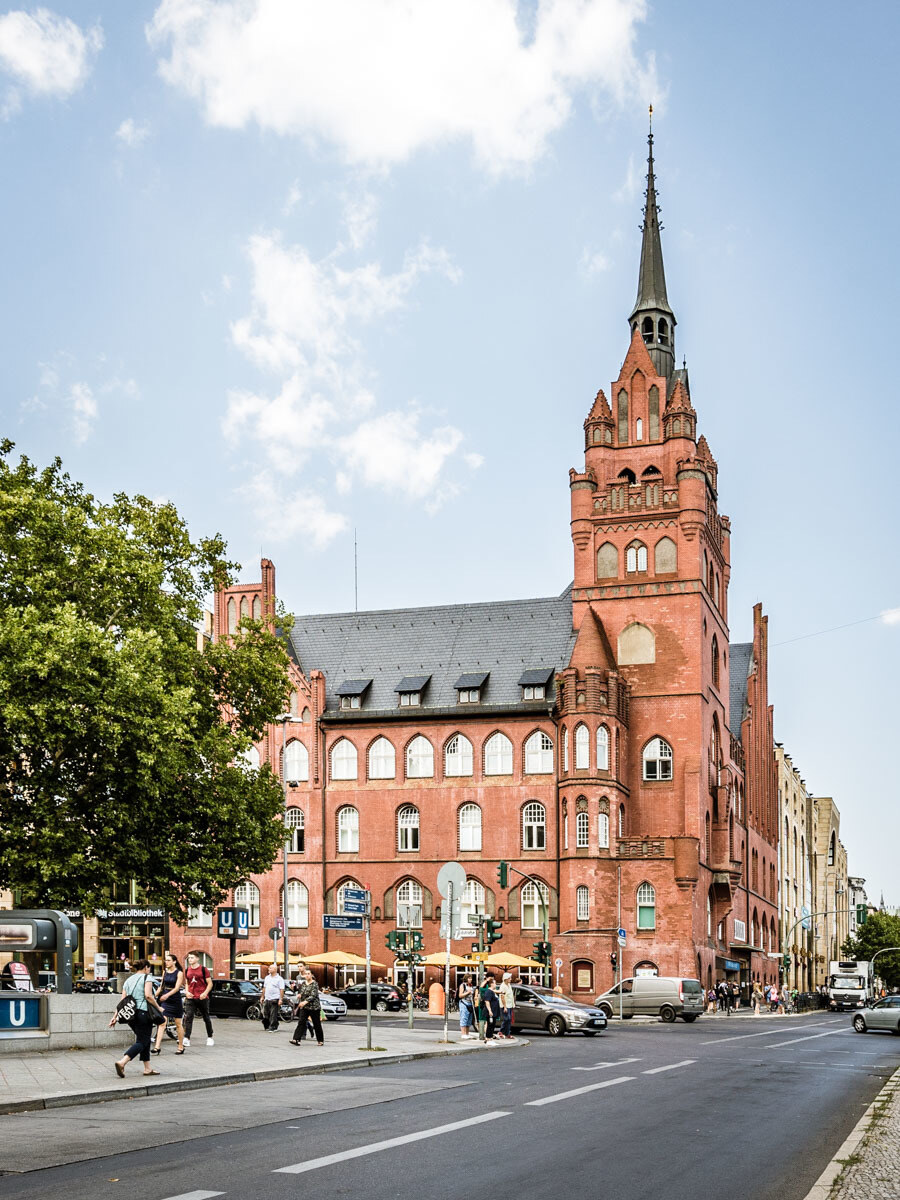
» It’s a multi-faceted district, featuring palaces, a Uni campus, an exclusive residential area and a shopping mall, plus lots of green for the occasional quick break. «
Schloßstraße is one of Berlin’s major high streets. Transport connections are excellent. By U-Bahn or car you get to Kurfürstendamm in no time, and the S-Bahn takes you to Mitte in 30 minutes. The arts do not come off badly, either. The Dahlem museum complex is one of the capital’s outstanding exhibition venues.
Probably the best-known attraction in Steglitz is its botanical garden. The world’s plant life concentrated in one place, with more than 22,000 plant species on display. It features 15 greenhouses on 43 hectares, which makes Berlin’s botanical garden the largest in Germany. The famous tropical house with its gigantic palm trees is a spectacular feature: the glass and steel structure was built in the 19th century. A walk through the extensive gardens, a historical monument, is like crossing continents. It’s only a few steps from the Alps to the Himalayas. An ocean of flowers in summer, tropical nights in winter. Here, stressed-out city dwellers can rebuild their strength. A good place for a short breather or breakfast is the Royal Horticultural Academy opposite. At its idyllic garden café they offer fresh home-made cake. There is hardly a better way to spend a day.
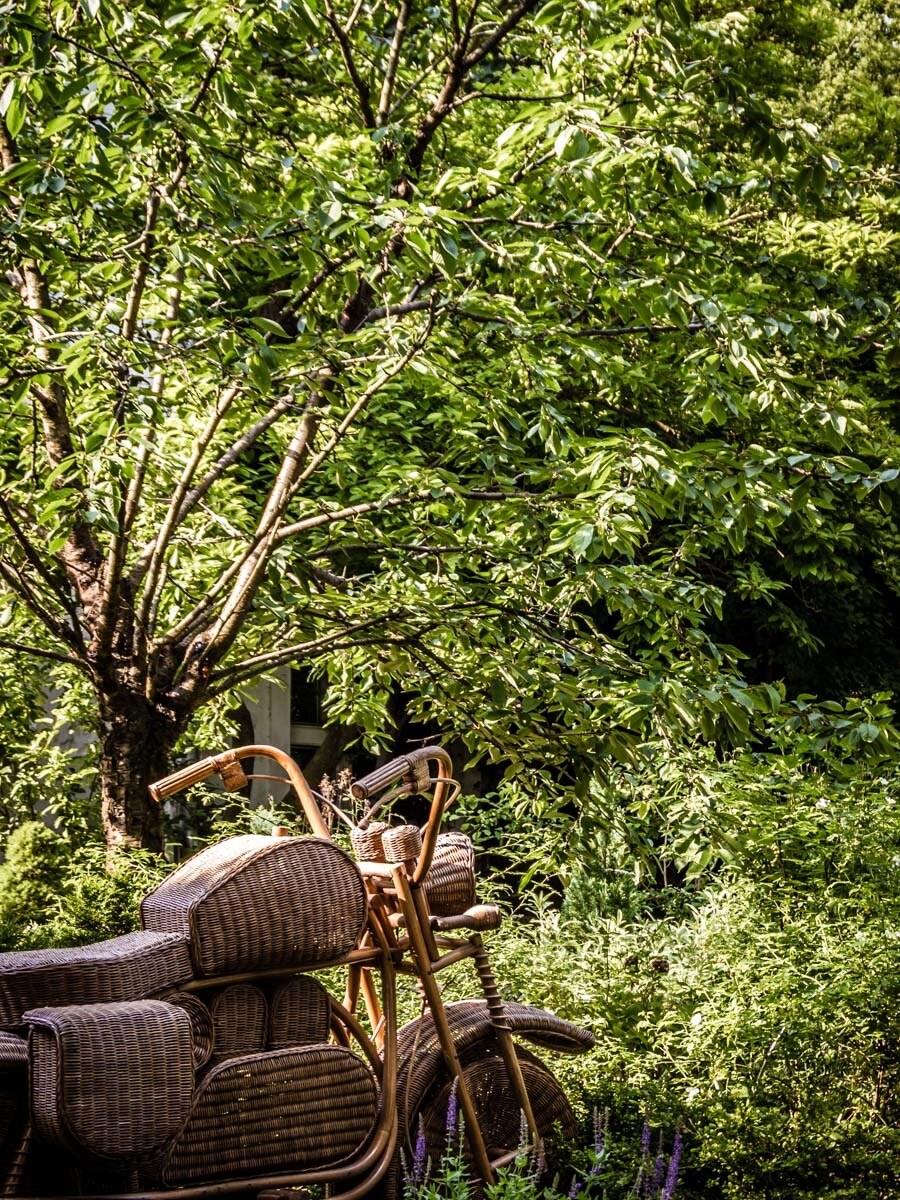
Zehlendorf
The noble one
Zehlendorf, to most Berliners, means Strandbad Wannsee, and the Schlachtensee. The seven-kilometre lakeside path is an open invitation for walkers and joggers. It is easy to access by S-Bahn. And here is the best bit: after a romantic outing on a rowing boat, indulge in some coffee and cake at the “Fischerhütte”, a listed historic inn on the eastern bank. Not far from here is Mexikoplatz with its Art Nouveau facades and an impressive patch of urban greenery. This is where people from the leafy residential habitat meet at the café or the garden restaurant, taking in the delightful atmosphere of the place. The area is rather classy, and rents are high. Those who can afford it reside in a spacious apartment in a city mansion with a garden. Under our “Luxury Living” category, coming home have a number of these beautiful apartments on offer.
» And here is the best bit: after a romantic outing on a rowing boat, indulge in some coffee and cake at the “Fischerhütte” ... «
Dahlem
The brainy one
Embedded in a tranquil, leafy residential area lies the Campus of Freie Universität Berlin. Residents of the area, for the most part, live in owner-occupied apartments or houses. Rental accommodation here is in a higher price category but the area is very popular. At the centre of Dahlem is Dahlem Village. Check out the bookshops, cafés and small high street shops in Viktoria-Luise Straße. Far away from the bustle of the big city, students discuss in a beer garden under ancient trees.
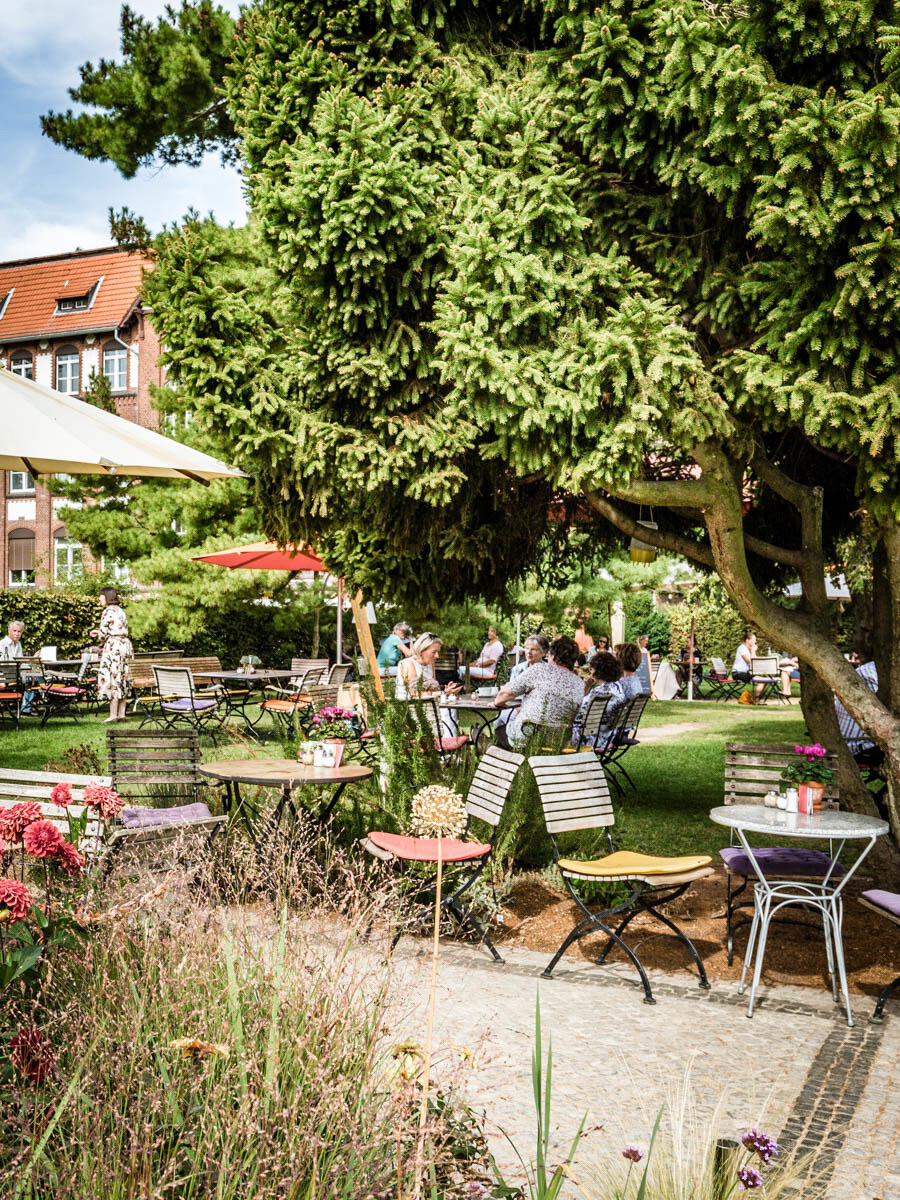
» ... students discuss in a beer garden under ancient trees. «
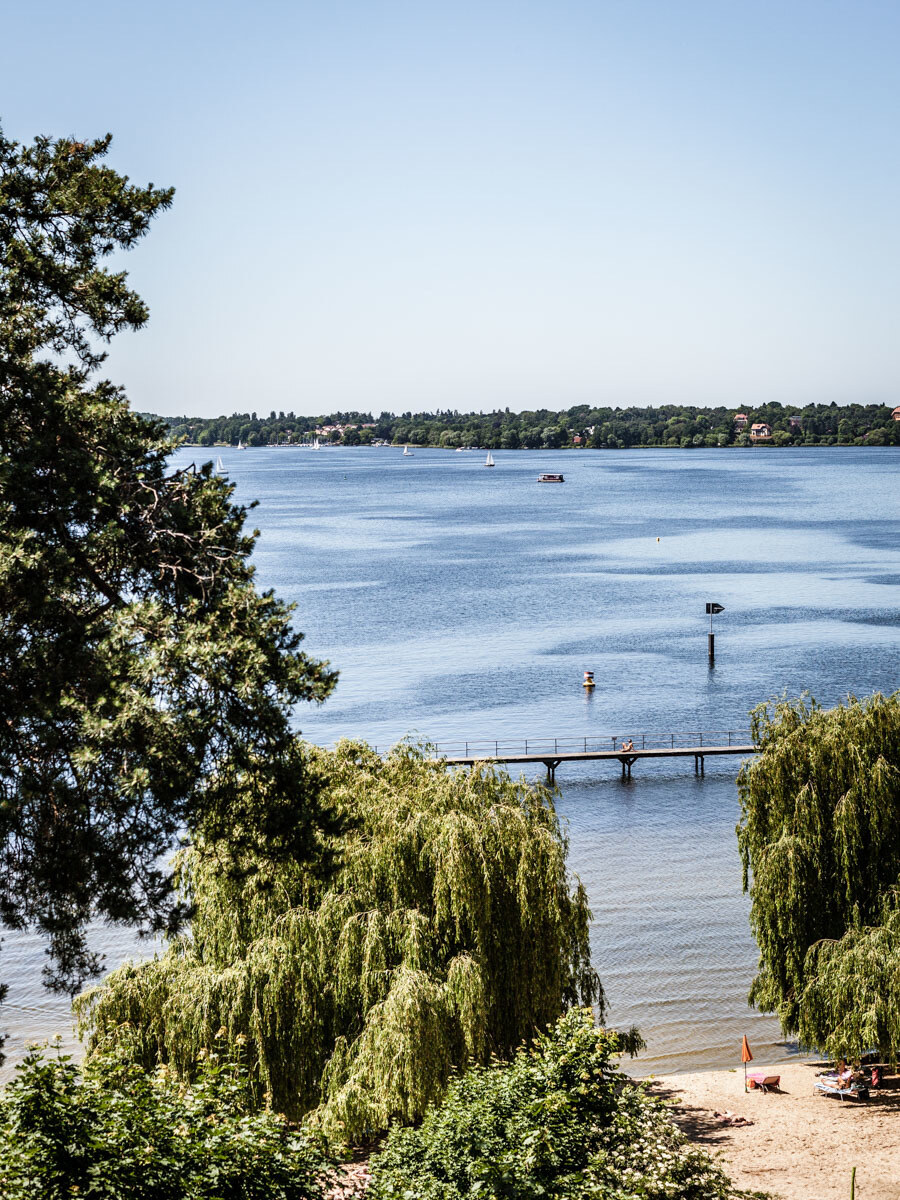
Wannsee
The recreational one
If you haven’t seen the Wannsee you have missed the entire city, as the saying goes: very true. The journey, as usual, is part of the destination. The riverside walk is very scenic, and takes you through pure nature. The path leads straight to Wannsee itself, the city district named after the largest of the lakes formed by the river Havel. It’s like being away on holiday. Sailing boats gliding through the water, stylish motor yachts outshining each other. Book a trip on a historic pleasure boat and marvel. The round trip through the seven Havel lakes to Potsdam takes you through the complete world heritage area. If you are not already fired up by this magnificent landscape, wait until you see the annual fireworks display on the lake.
Summer in the city means pack your swimming trunks – or bikini – and head for the Wannsee beach. The Berliners’ own private Mediterranean resort is, by the way, Europe’s largest lakeside swimming beach, featuring 300 wicker beach chairs, boats for hire, beach volleyball and a 1.2 kilometre strip of sand, large enough to accommodate an incredible 50,000 bathers. The Strandbad, now listed, was built in 1930 in modernist style with a roofed-over promenade and reasonable showers.
To a hardy Berlin swimmer, the bathing season starts as early as Easter when the water temperature is a mere 8 degrees. Wimps leave it until Pentecost. But no matter whether you just dip in your big toe or simply watch the scene while digging into your Schnitzel & Chips, this is a place where you become a Berliner in next to no time.
Across from the Wannsee beach is Max Liebermann’s splendid villa. Sitting on the terrace of the museum café you can view the landscape through the eyes of the painter. Relish nature from a front-row seat, glancing over the idyllic lake and the banks of the Havel. You might find the romantic garden looks somehow familiar. It has been the subject of many impressionist paintings and drawings. Enjoy the art with your coffee and cake.
Wannsee is a lido for all. People come here to swim, sail, or surf. Picnics on the lakeside or white table linen at the Wannsee-Terrassen restaurant: The view is always intoxicatingly beautiful and makes one forget that this is a city of (nearly) four million people.
» If you haven’t seen the Wannsee you have missed the entire city, as the saying goes: very true ... Relish nature from a front-row seat. «
» But no matter whether you just dip in your big toe or simply watch the scene while digging into your Schnitzel & Chips, this is a place where you become a Berliner in next to no time. «
Another highlight is the Glienicke Palace. Reminiscent of Mediterranean architecture, the picturesque ensemble was declared a UNESCO World Heritage site in 1990. Prince Carl of Prussia was so inspired by his trips to Italy that he ordered the legendary architect Karl Friedrich Schinkel to convert his former country estate into a classicist villa. The forest-like park that surrounds it was designed by the talented young landscape architect Peter Joseph Lenné, who came up with a particularly intricate and original network of paths. Even today these walks reveal surprising views of Potsdam and its river landscape. The prince’s command, to harmonise architecture with nature, was fulfilled. The jewel of the park is a gilded lion fountain inspired by that of the Villa Medici in Rome. For lovers there is nothing more romantic than watching the sunset here. The idyllic garden courtyard where once the prince partook of breakfast is now a place where everyone can enjoy a meal. It has a restaurant, which, given its romantic surroundings, is often booked as a wedding venue.
Immediately adjacent to it is the Glienicker Brücke, the bridge that connects Potsdam with Berlin. The bridge is genuine movie material. During the Cold War this was where the USA and the Soviet Union exchanged spies. Steven Spielberg chose the bridge as the perfect backdrop for his thriller “Bridge of Spies” starring Tom Hanks as a steadfast negotiator between East and West.
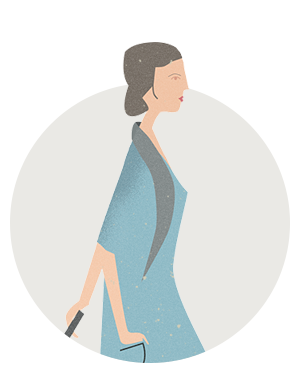
Renting an apartment – simple and secure
We at coming home will do our utmost to support and advise you. Our website provides you with a wealth of useful tipoffs for your apartment search, and tells you more about our free-of-charge services.
Infos for tenants

Secure lettings
If you wish to offer a furnished property for rent we are at your side throughout the tenancy process and ensure you get the best possible advice and support.
Infos for landlords

Magazine
Care to find out how other Berliners live? Read our series of personal home stories and get to know some extraordinary habitats and their creative residents in our magazine: “How people live Berlin”
Magazine
